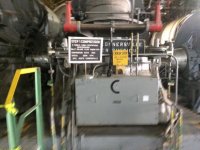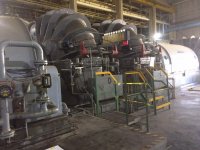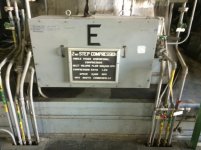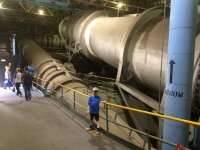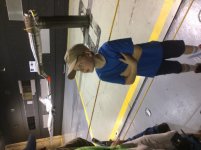duckfarmer27
Stainless
- Joined
- Nov 4, 2005
- Location
- Upstate NY
About 6 weeks ago our daughter told me that she had seen a notice about NASA Langley having an Open House to celebrate their 100th anniversary. She thought that our grandson - her nephew - would probably like to go as he is totally consumed by space and airplanes - and at 9 years old might find it interesting. For last year's science fair he wanted to build a wind tunnel - I convinced him that demonstrating an airfoil might be easier (at least for me). So, after his parents and his teacher approved missing some school time last Friday my wife and I headed to VA with him. He will have to give a report to his 4th grade classmates on what he learned on the trip.
The beltway and Northern VA I-95 traffic reminded me why I like living in upstate NY - but we finally made it. Our grandson had a blast and we saw a lot more than I am going to mention here - the trip was a resounding success.
The facility is a campus contiguous with Langley Air Force Base.
One building had the main machine shop. Our grandson liked the 5 axis Deckel that they had 'machining' a part. My wife accused me of having machine envy while taking the two pictures below. They seem to like Monarchs of a certain type!
I did not get a shot of the milling machine wing. Safe to say they have a very nice facility that can build about anything one can imagine.
Dale


The beltway and Northern VA I-95 traffic reminded me why I like living in upstate NY - but we finally made it. Our grandson had a blast and we saw a lot more than I am going to mention here - the trip was a resounding success.
The facility is a campus contiguous with Langley Air Force Base.
One building had the main machine shop. Our grandson liked the 5 axis Deckel that they had 'machining' a part. My wife accused me of having machine envy while taking the two pictures below. They seem to like Monarchs of a certain type!
I did not get a shot of the milling machine wing. Safe to say they have a very nice facility that can build about anything one can imagine.
Dale







